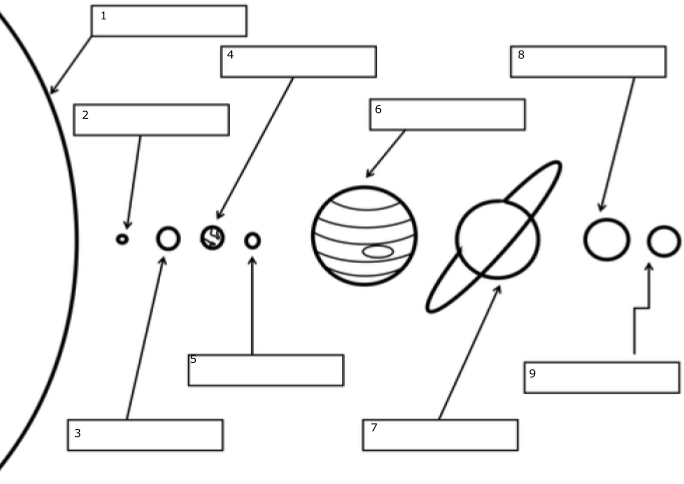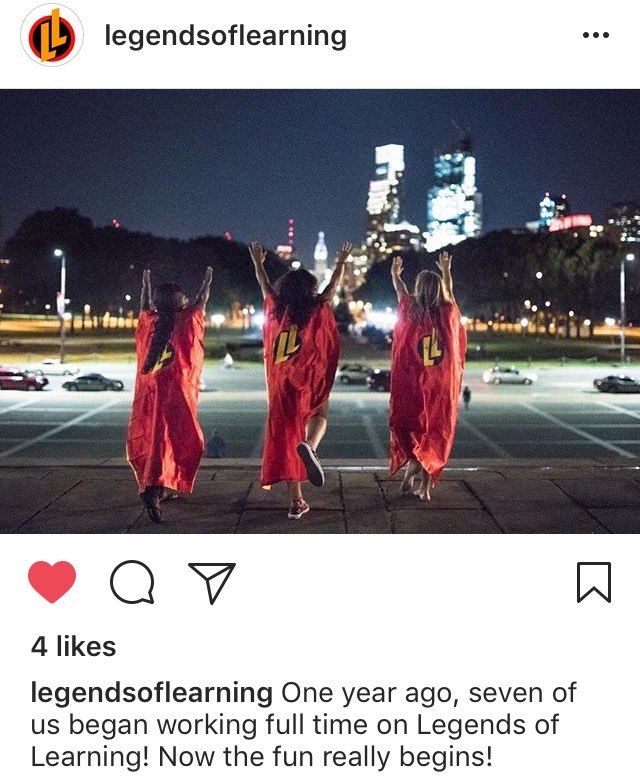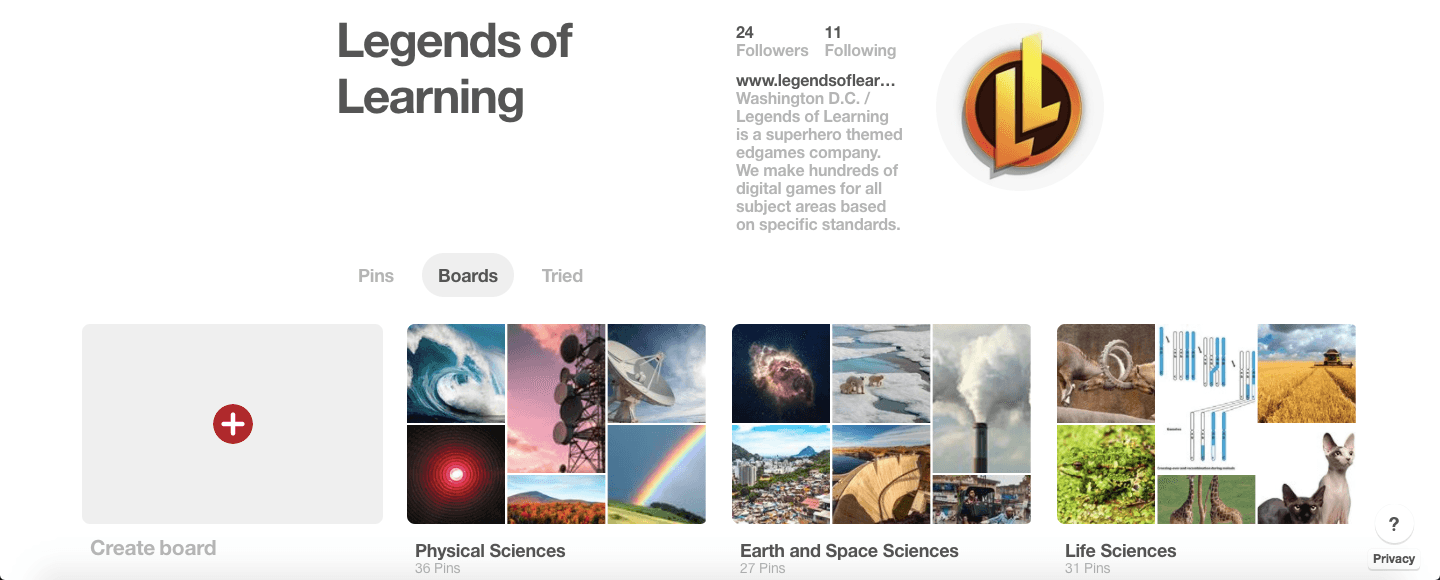Call for Elementary School Ambassadors
Legends of Learning is looking for elementary school ambassadors. Grades 3-5 teachers who are willing to review our science for Life, Earth and Space, and Physical sciences. Ambassadors who sign up by February 12 will get early access to games.
This is your opportunity to shape the Legends of Learning platform and games from the ground floor. When you sign up for our community, let your voice be heard and make a difference not only in your classroom, but for educators across America!
Impact how kids learn through games and join forces with like-minded heroes to review and strengthen the Legends of Learning platform and the individual games. Your input helps improve our collective offering.
Earn Rewards
We reward teachers who are active in our network. Participation in our community garners you access to challenges where you can earn more credits to continue playing. You can also earn some crazy rewards, too. Not that a hero needs more motivation, but those whose exploits are truly legendary will receive t-shirts, Pez heads, or other Legends of Learning swag.
So what are you waiting for, Legend? Sign up today, and help make game based learning even better in our community today!
P.S. Interested teachers who are looking for a little lighter interaction with Legendary peers can join our private Facebook group, The Hall of Legends.







